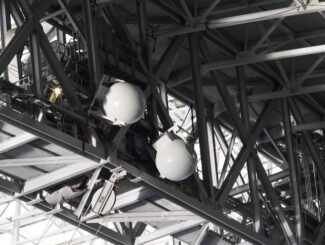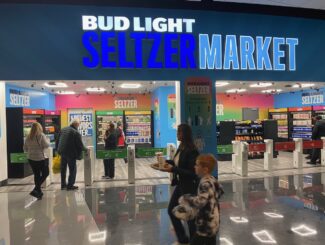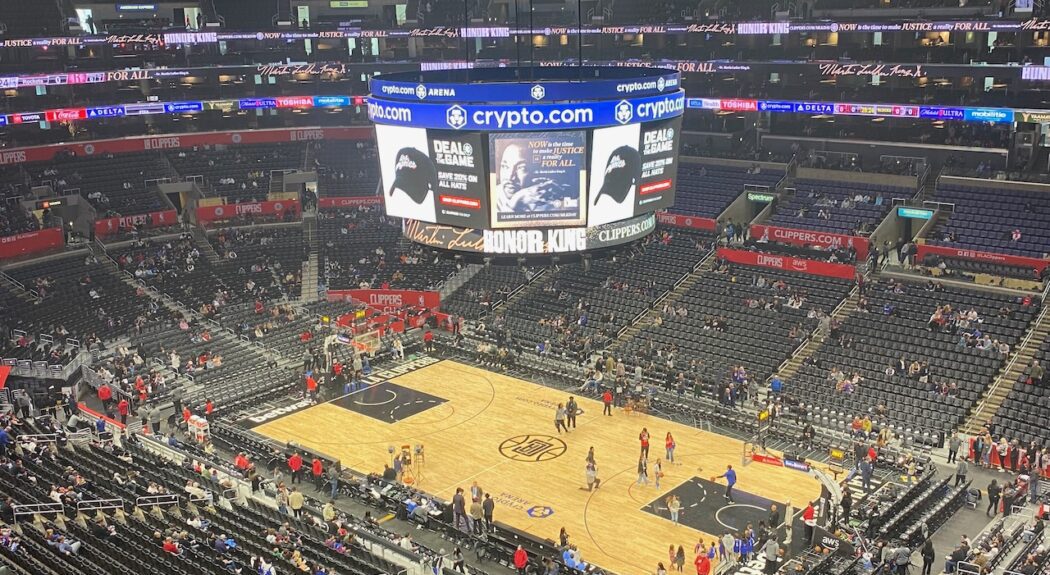
Fans attending games and events at Crypto.com Arena and L.A. Live now can count on solid 5G cellular connectivity thanks to a new distributed antenna deployment (DAS) from Mobilitie.
Replacing an older DAS design, the new deployment at possibly one of the busiest basketball/hockey-sized arenas in the world uses lens antennas from MatSing to provide top-down coverage to most of the 20,000-capacity seating bowl. In addition to participating on the DAS, all three major U.S. wireless carriers also have their own millimeter-wave antenna deployments, ensuring 5G coverage across a wide range of spectrum offerings.
The deployment of the new network was not an easy one — in addition to having been started during the Covid pandemic, construction efforts also had to work around live events being held on an almost nightly basis, according to representatives from Mobilitie and the arena.
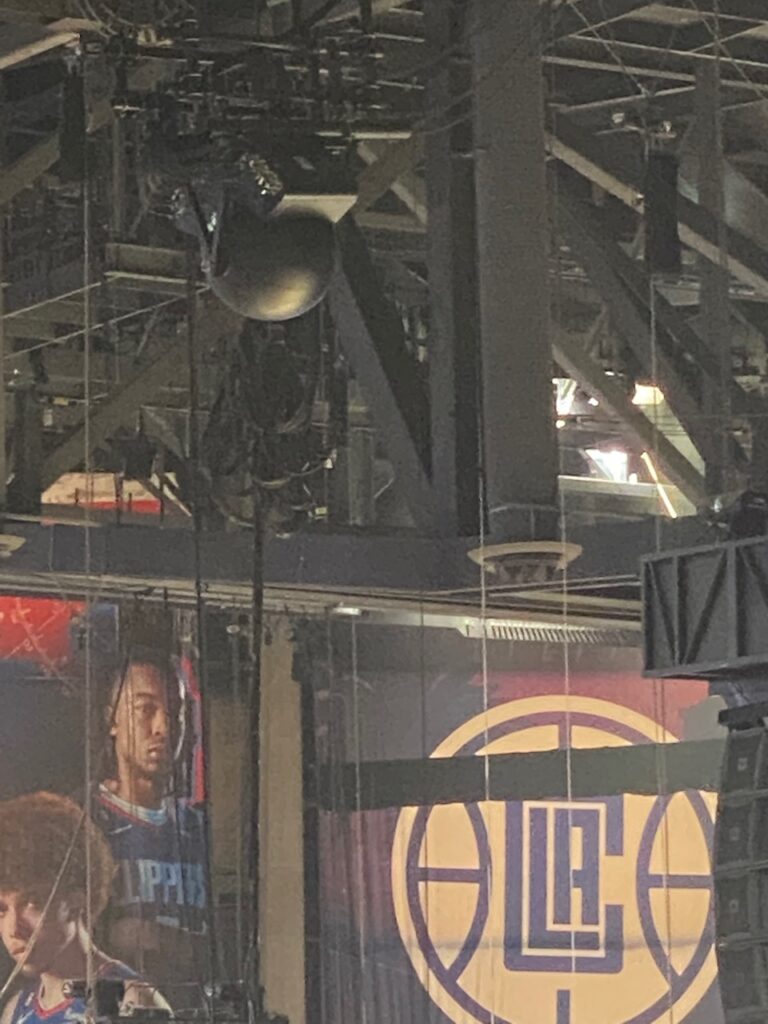
But according to Mobilitie, the stadium and its surrounding entertainment district now has a network capable of supporting 5G NR (new radio) technologies on the widest range of spectrum, including traditional low-band and mid-band cellular channels as well as the newer C-band and ultra-high bands, the latter used for millimeter wave (mmWave).
With the venue network and the surrounding L.A. Live part both nearly complete, Crypto.com Arena heads into the remainder of its multi-phase renovation project knowing that from here on in, cellular connectivity for fans is a problem already solved.
Time for new technology arrives with 5G
Formerly known as Staples Center, the arena at the center of the L.A. Live district can most likely lay claim to being the busiest pro sports venue, as it is currently home to the NBA’s Los Angeles Lakers and Los Angeles Clippers, as well as the NHL’s Los Angeles Kings and the WNBA’s Los Angeles Sparks. Throw in a regular mix of top concerts and “jewel” events like the recent Grammys, and you have a stadium whose doors basically never close.
As such, the building known now as Crypto.com Arena has always had good connectivity networks. While updates and refreshes along the way can help keep pace with the always-increasing demands for wireless connectivity, at some point there is no evading the generational rip and replace.
Lee Zeidman, president of Crypto.com Arena, Microsoft Theater and L.A. Live, said the natural “end of life” of the previous network brought about talks on what a new network would look like — and who would help provide it. Executives from the global partnerships group of stadium owner AEG Worldwide, Zeidman said, knew Mobilitie from its previous DAS work at Dignity Health Sports Park, another AEG facility. Zeidman said discussions both internally and with Mobilitie on a new cellular network began prior to and then through the start of the Covid pandemic.
Building the flying airplane
If there’s an overused stadium renovation analogy, it’s the theme of “trying to build an airplane while it’s flying.” But in this case, putting a new network into Crypto.com Arena was more like building a flying plane that was simultaneously hosting an ice show, a concert and a women’s hoops game during the construction.
It’s a scene that will be repeated over the next few years, as the stadium undergoes a “nine-figure” renovation that includes “new LED screens and ribbon boards, upgrades to the concourse levels and improvements to in-arena dining as well as a ‘refresh’ of the locker rooms for the Lakers, Kings and Sparks,” according to the arena.

“The biggest challenge is, each summer we do not know when we can start [any renovations] due to playoffs but we must be ready each Oct. 1 due to the start of the NBA/NHL seasons,” said Zeidman. For the first phase, which included the network overhaul, Zeidman said the stadium had a window of 131 days for completion — all while at the same time hosting 45 events such as concerts, family shows and the Los Angeles Sparks home games.
Jammie Witherspoon, senior director of technical solutions for Mobilitie, said the trick during deployment was how to keep as much of the network running as possible while replacement gear was being installed.
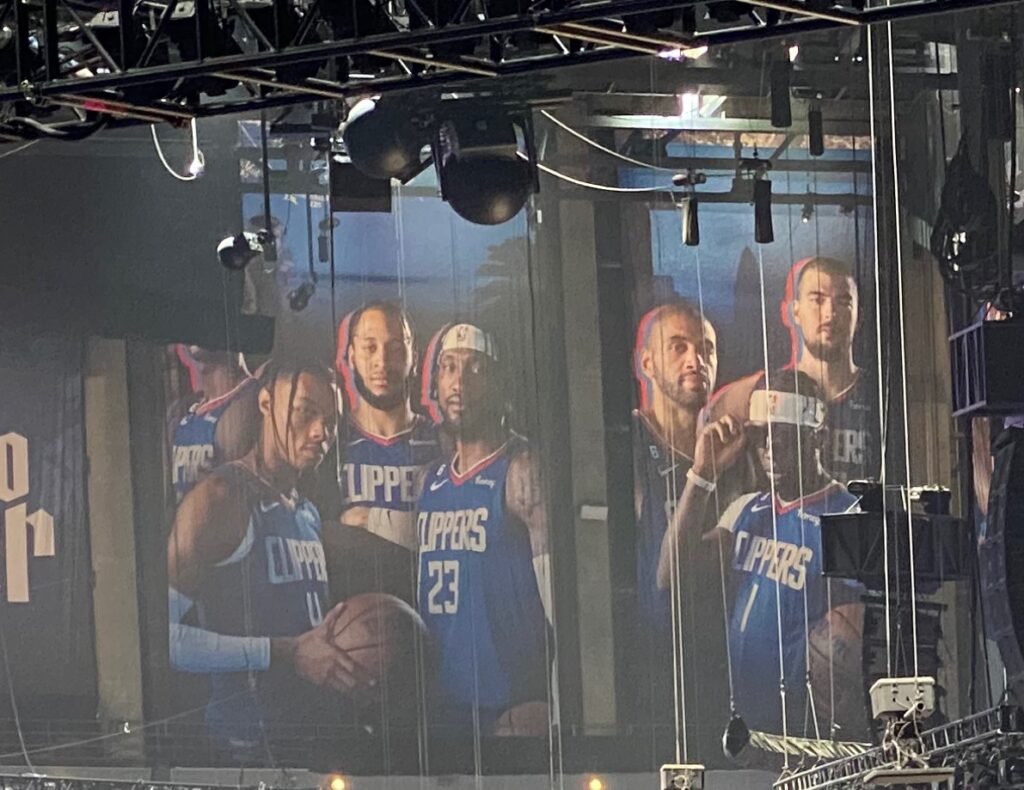
The technical direction for the new network, which Zeidman said was an overhead design using MatSing lens antennas chosen by AEG’s global technology division, did provide some help in Mobilitie’s decision to deploy a temporary DAS network that would overlay the original one during construction. While the building’s upper catwalk infrastructure would be the final location for most of the new equipment, a capacity situation there meant that temporary gear had to fit somewhere else while the existing infrastructure elements were swapped out.
The solution, Witherspoon said, was a MatSing antenna placement on a permanent wall that sits at one end of the stadium. As equipment was replaced, he said, different carrier signals were routed through the temporary antenna, which backfilled the coverage in the bowl seating areas. Once the dust settled on the new construction and the carriers were on-air, the temporary solution was then decommissioned. Lighter remote gear from DAS infrastructure supplier Solid also helped with the new design, reducing the weight needed on the upper-infrastructure installs.
“It was a challenge, but we had a great team between us and the venue people we worked with,” Witherspoon said.
More than double the density
In the end, Crypto.com Arena now has a cellular network inside the building that is more than double the density of its previous one, going from 9 sectors to 24. Outside the building, an 8-sector ODAS will cover outdoor events as well as foot traffic in the reimagined L.A. Live space, where one street will be changed into a pedestrian plaza, among other enhancements.
“Mobilitie has been a great partner and we look forward to the completion of the entire L.A. Live campus,” Zeidman said. Once fully completed, Zeidman said the new DAS “will give us one of the fastest, most technologically advanced multi-carrier wireless networks in the country, which will improve our venue operations and enhance our fan experiences.”




